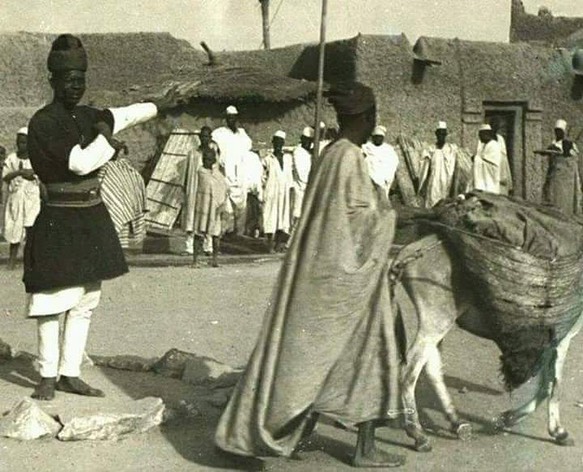Katsina is one of the oldest states in Nigeria, emerging from the former Kaduna State and located in the northwest geopolitical zone of the country. It is a state that emerged from the ancient Hausa/Fulani kingdoms, particularly the two ancient kingdoms “Katsina and Daura”. According to research, the other ancient Hausa kingdoms included Kano, Gobir, Zazzau, Rano and Biram (Garun Gabas), forming the beginning of the Hausa country. Therefore, at the time of publication of this article, the state capital Katsina and the city of Daura are considered bastions of political activity in the country.
The Kingdom of Katsina, one of the Bakwai Hausa, called the “seven true Hausa states,” is said to have emerged in the 10th or 11th century.Islam was first practised in the 1450s, and Katsina’s first Muslim ruler was Muhammad Korau, who ruled in the late 15th century.
While Muhammad was in power, camel caravans travelled through the Sahara from Ghudmis (Ghadames), Tripoli, and Tunis to Katsina, bringing with them such riches that the state got entangled in the conflict between the two powerful West African empires, Songhai (Gao) and Bornu. The Songhai invaded Katsina in 1513.
However, history has it that the kingdom’s capital city, Katsina, was originally surrounded by walls constructed in the middle of the 16th century. The forces of Songhai were vanquished by Katsina in 1554, and those of Kano, its main rival in the trans-Saharan trade, were vanquished in 1570.Meanwhile, Katsina was a tributary state of Bornu until the end of the 18th century, after the defeat of Songhai by Moroccan soldiers in 1591. At the beginning of the 18th century, Katsina experienced its period of greatest wealth. Not only was it the most important Hausa trading kingdom, but it also replaced Timbuktu (Timbuktu) as the main center of Islamic studies in West Africa. Katsina’s decline began at the turn of the century with fighting with Gobir, a northwestern Hausa state.
In the 15th century, Fulani farmers settled in Katsina and in 1804 Usman Dan Fodio, commander of the Fulani Jihad (Holy War), organized an uprising against the Hausa rulers that began in Gobir. The first Emir of Katsina was recognized with Katsina as his seat after the Fulani commander Umaru Dallaji took control of the city in 1806. According to legend, the emirate was ruled by both the local emir and a representative of the Sultan of Sokoto, a city about 258 kilometers west. Many Hausa aristocracies and commoners fled to Dankama (40 km northeast), Tassawa (Tessaoua) and Maradi in Niger, where they founded the Hausa-Katsina Kingdom.
Thus, the Fulani emir and the city of Katsina were weakened by their 19th century invasions to be defeated by Kano.
Then, in 1903, the Emir of Katsina swore allegiance to the British colonial authorities in northern Nigeria. When the British and French established the current Niger-Nigeria border in 1904, the size of the Katsina Emirate decreased and it became part of Kano Province. Therefore, Katsina State now comprised much of its former land area.
Meanwhile, the kingdoms of Katsina and Daura were previously ruled from Kano Province and then, during the colonial period, from Zaria Province. However, from the late 1960s to the late 1980s, the region was part of the Northern States of the Nigerian Federation and then Kaduna. On Wednesday, September 23, 1
, the Federal Military Administration under the command of General Badamasi Babangida divided the old Kaduna State into Katsina State. Thanks to this event, the history of social and political changes in the region expanded.

